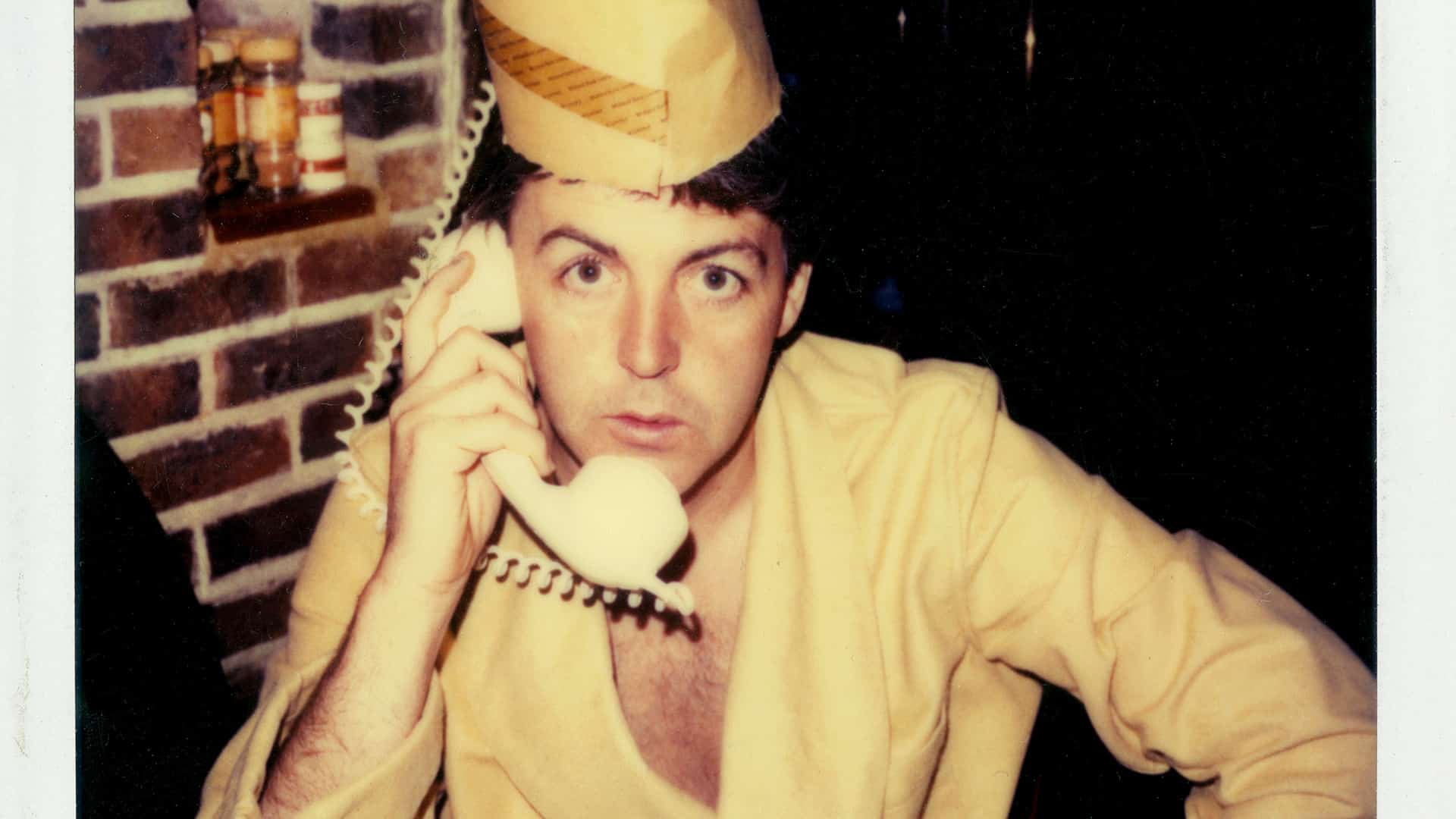
© Linda McCartney
Despite the sky-high rents and claustrophobic crowding, despite the ever-present grime and endless noise, there’s a reason young artists, writers, and photographers have always taken their chances in New York City: the countless stories promising that, with the right combination of luck and hustle, anything can happen.
One of those stories belongs to Linda McCartney.
In 1966, while working as an assistant at Town & Country magazine, she accepted an invitation that no one else on staff wanted: a promotional boat ride on New York’s Hudson River with the Rolling Stones. Linda, who’d studied art history in college and had taken a couple of photography classes with the influential teacher Hazel Larsen Archer, returned to the Town & Country offices with pictures—pictures so intimate and charming that they were published in the magazine.

© Linda McCartney
On the strength of those images, she was sent to photograph the Beatles and Neil Young, and, before long, was hired to be the house photographer at the fabled Fillmore East, then one of the City’s hottest rock clubs. There, she shot everyone from Otis Redding to the Beach Boys to the Grateful Dead. Her talent and reputation grew, and in 1968, she became the first female photographer to land the cover of Rolling Stone magazine.
When she married Paul McCartney in 1969, she largely stopped taking commissions but, fortunately, she didn’t stop shooting. In fact, from her earliest days with Paul, Linda began using a Polaroid to capture the small, quickly passing moments of their down-to-earth domestic life. Compared to photo sessions with The Who and The Doors, capturing bubble baths and bedtime reading might seem like a small and restrictive stage. But a new book, Linda McCartney. The Polaroid Diaries, reveals the opposite to be true.

© Linda McCartney
In fact, in her tight focus on domesticity, Linda found resonant emotion and a richly colored beauty. Her Polaroids—which have not faded over the years—pick up the aggressive reds in the roosters that wander their backyard and the melting yellows of country sunsets. McCartney’s frames are smartly composed, and in spite of the squirmy nature of her subjects— animals, small children, Paul—her timing is exquisite. Even compared with today’s flood of Snapchat and Instagram images, the sense of immediacy in McCartney’s pictures is so strong, you can almost hear the click of her Polaroid and the slow grind of the picture working its way out of the camera.
Most beautiful of all, perhaps, are the selfies that Linda took 30 years before the word was invented.
Polaroids, of course, aren’t known for their high fidelity representations; pin-sharp focus falls away in favor of the joys of a be-here-now moment. And those moments are the beating heart of this remarkably personal book of roughly 250 previously unpublished pictures. In her short forward to The Polaroid Diaries, the Pretender’s Chrissie Hynde wonders why more photographers don’t use the iconic instant camera: “Like a demo tape, [they] capture the vibe better than a proper recording. I guess it’s about the quality. I go for the vibe myself.”

© Linda McCartney
Aside from the palpable vibe, one of the book’s selling points, no doubt, is the opportunity to peer into the life of Paul McCartney, certainly among the 20th century’s biggest stars, to see what he wore around the house, what he hung on his walls, who he palled around with. And, yes, readers will find all of that. (Spoiler alert: Sometimes Paul goes shirtless; both Steve McQueen and Ringo make cameos.)
But a funny thing happens as you flip your way through the images: That voyeuristic itch takes a backseat to the realization that Linda documented an extraordinary love story in moments that, for most of us, are relegated to the soft focus of our memories. “McCartney’s pictures”, writes journalist and curator Ekow Eshun in an introduction translated into both French and German, have “defiantly shouldered the task of capturing everyday life in all its flickering evanescent wonder.”
Tragically, Linda died of breast cancer in 1998; she was just 56. The intimate photos in this book were selected from the thousands of Polaroids she amassed over more than 20 years of shooting. “The real thing that makes a photographer is more than just a technical skill,” Linda once said. “It has to do with the force of inner intention. I have always called this a visual signature.” In The Polaroid Diaries, her signature is on every page, on every frame.

© Linda McCartney

© Linda McCartney

Linda McCartney, The polaroid diaries
By W.G. Gordon
Linda McCartney. The Polaroid Diaries
$50
Linda McCartney, Ekow Eshun, Reuel Golden
Hardcover, 10.2 x 10.2 in., 232 pages


